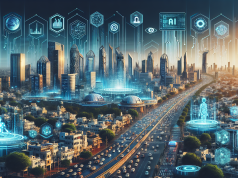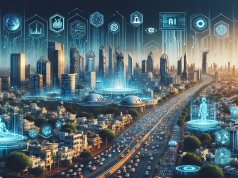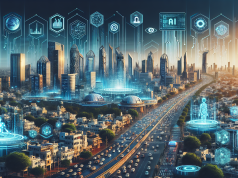As the clarion call for environmental stewardship grows louder, governments and industries worldwide face the inevitable: a transformation towards a sustainable, low-carbon economy. This seismic shift, underpinned by rigorous environmental policies, is not just about reinventing business models—it’s reshaping the job landscape too. This transition, while necessary, brings with it a myriad of challenges and opportunities for the workforce. The green wave promises the creation of jobs in new, eco-friendly sectors, yet it also casts uncertainty over the future of traditional roles—particularly in the fossil fuel industry.
The burgeoning green sector rides on innovations in renewable energy, sustainable infrastructure, and environmental conservation, all of which demand a new set of skills and competencies. This raises the critical question: how do we prepare a workforce for jobs that may not even exist yet? The answer lies in reskilling and upskilling programs. These initiatives are crucial to equipping workers with the tools necessary to thrive in a greener economy. Governments, educators, and businesses must collaborate to develop training programs that address the skills gap, ensuring everyone has a fair chance to contribute to and benefit from the green transition.
But what of those in the conventional energy sectors? The shift to a low-carbon economy is fraught with implications for these workers. Policies that advocate for a decrease in fossil fuel consumption directly impact jobs in coal, oil, and gas industries. This necessitates a just and equitable transition strategy that does not leave these workers behind. Social safety nets, alternative job opportunities, and financial support are integral to this process. Governments must play a pivotal role in orchestrating this transition, balancing environmental imperatives with the socio-economic well-being of their constituents.
Looking at specific case studies, we see a variety of responses to this evolution. In some regions, proactive measures have been taken to reinvigorate communities with green jobs, from manufacturing electric vehicles to retrofitting buildings to meet new energy standards. In others, there’s hesitation and resistance, as the immediate economic repercussions overshadow the long-term benefits of environmental policies.
Stakeholders across all sectors are taking note and actively participating in shaping the future of work. Unions are advocating for their members, ensuring that the shift to green jobs includes fair wages and working conditions. Businesses are investing in sustainable practices, not only to comply with regulations but also to stay competitive. Educators are revising curricula to incorporate sustainability, teaching the next generation of workers the importance of environmental stewardship.
In conclusion, the intersection of environmental policy and employment is a complex one, laden with challenges that require thoughtful and inclusive solutions. The transition to a green workforce is not merely an environmental or economic issue—it’s a call to redefine our societal values and priorities, ensuring a sustainable future for the planet and its people. The question remains: How will we answer the call?
The Green Workforce revolution is upon us. Let’s make it work for everyone.

























